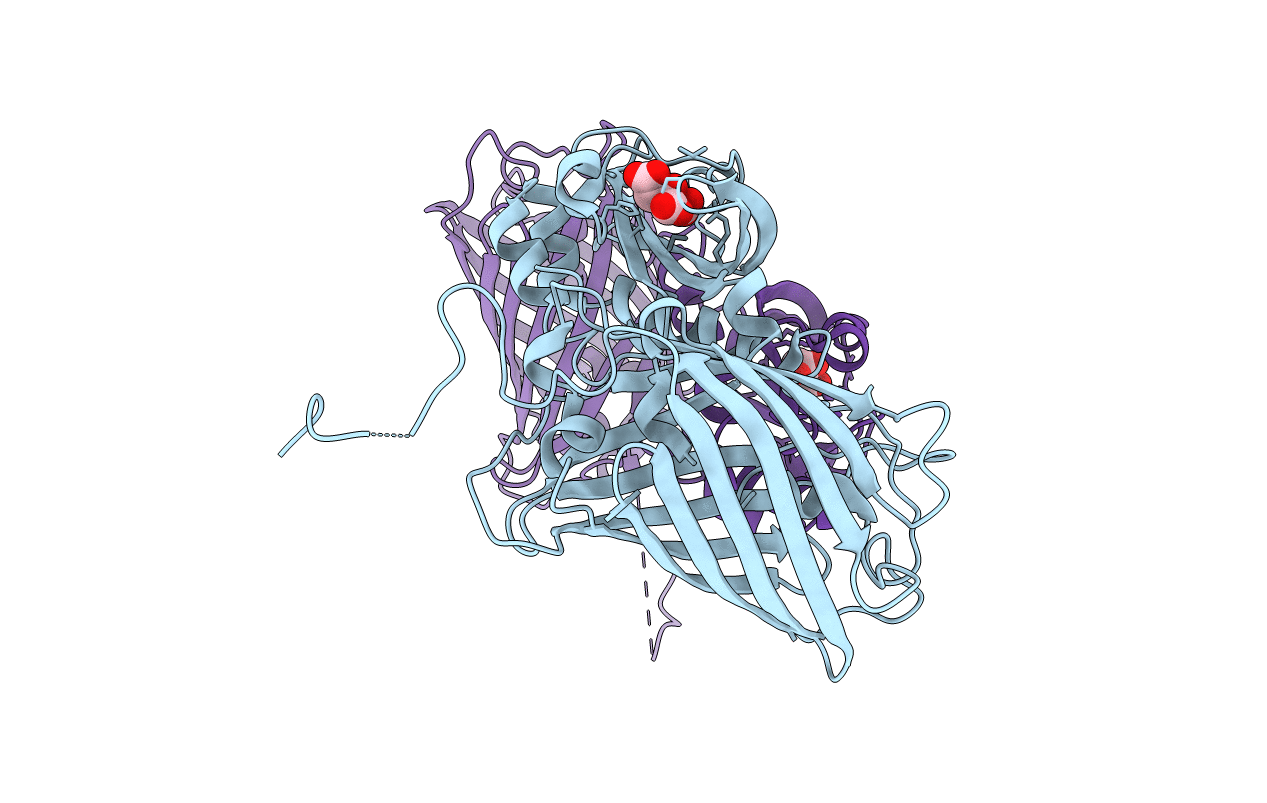
Deposition Date
2019-12-31
Release Date
2020-05-06
Last Version Date
2024-10-09
Entry Detail
Biological Source:
Source Organism:
Aequorea victoria (Taxon ID: 6100)
Klebsiella pneumoniae (Taxon ID: 573)
Klebsiella pneumoniae (Taxon ID: 573)
Host Organism:
Method Details:
Experimental Method:
Resolution:
2.99 Å
R-Value Free:
0.28
R-Value Work:
0.22
R-Value Observed:
0.22
Space Group:
P 41


